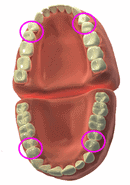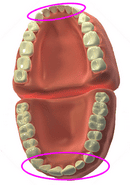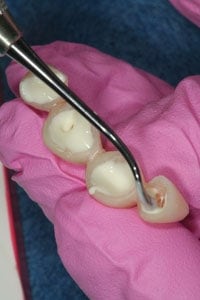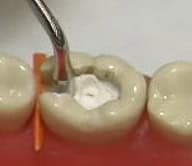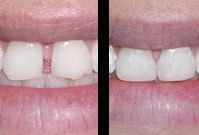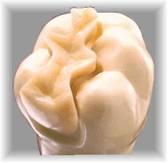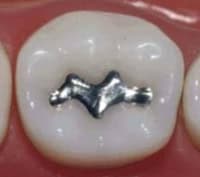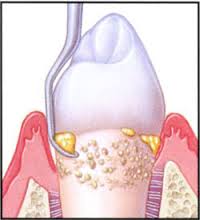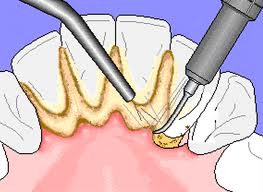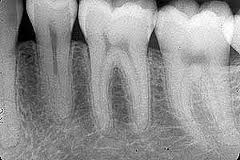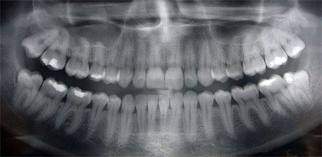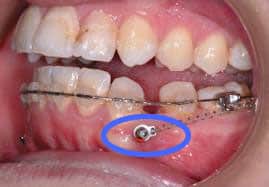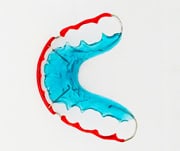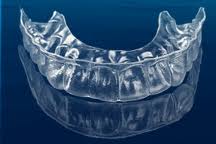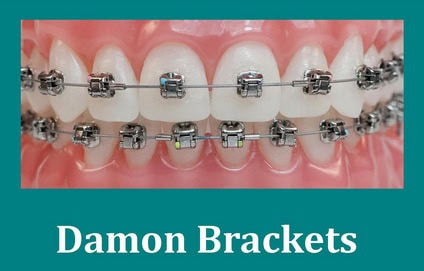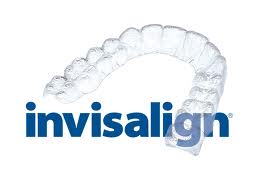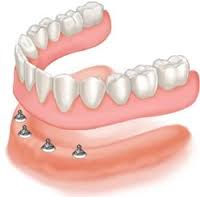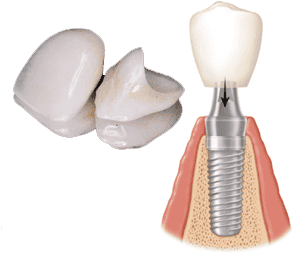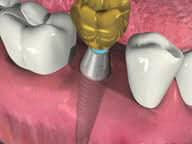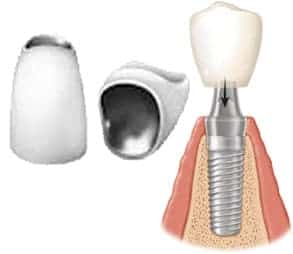Composite Resin Fillings
Table of Contents
Table of Contents
Dental Filling - Restore Decayed Tooth with Composite Filling
Many patients are hesitant to seek dental treatment when it comes to toothache or dental cavities. Whether it is because of the fear of tooth filling being painful or the fear of injection, ignoring the pain and treating it the wrong way can lead to more complex problems, tooth decay, and cavities can lead to severe oral health problems that can interfere with your daily life. Let’s explore a simple yet crucial dental procedure: tooth fillings.
What is tooth decay?
Tooth decay, commonly known as a cavity, occurs when the hard outer surface of the tooth, called enamel, is damaged by acid-producing bacteria in the mouth. This bacterial activity leads to holes or cavities in the tooth structure. If left untreated, cavities can deepen and cause severe pain, infections, and tooth loss.

What Causes Tooth Decay/Cavity?
Tooth decay is primarily caused by poor oral hygiene and an unhealthy diet high in sugary and acidic foods. When plaque, a sticky film of bacteria, builds up on teeth, it produces acids that erode enamel. Over time, this erosion weakens the tooth’s structure, creating a cavity. As decay progresses, it can infect the tooth’s pulp, leading to abscesses, severe pain, and swelling. If the infection spreads, it can affect neighboring teeth and even the jawbone, potentially resulting in tooth loss. If the decay becomes deep and extends into the pulp, a standard tooth filling might not be sufficient to resolve the problem. In such cases, more extensive dental procedures such as root canal treatment or, in extreme cases, tooth extraction, may be necessary.
What is Dental Filling?
A dental filling is a restorative procedure used to repair a tooth that has been damaged by decay or minor fractures. During the procedure, the dentist removes the decayed portion of the tooth and fills the cavity with a suitable material to restore its shape, strength, and function. Fillings prevent further decay, alleviate pain, and help maintain proper oral health.
Types of Tooth Fillings
Dental filling materials can be categorized into 2 types; Composite Resin (Tooth Color-like Material) and Amalgam (Metal)
Composite Resin Fillings Vs Amalgam Fillings
Composite resin fillings are tooth-colored and blend seamlessly with natural teeth, making them aesthetically appealing. They bond directly to the tooth, preserving its natural structure. Amalgam fillings, on the other hand, are silver-colored and have been used for decades. They are durable and suitable for filling cavities in molars with higher chewing forces.
Who Should Get Dental Fillings?
- For Cavities: If you have cavities that can still be fixed, dental fillings are for you.
- Shape Concerns: If you are worried about the shape of your teeth, fillings can help by making them look even and natural.
- Closing Tooth Gaps: Do you have small gaps between your front teeth? Fillings, matched to your tooth color, can close these gaps effectively.
- Replacing Old Fillings: If your existing fillings are loose or cracked, it is time to replace them with new ones.
- Dealing with Gum Line Wear: If you have worn-out teeth near the gum line, fillings can restore and protect those areas.
If you are looking for a dental clinic in Bangkok to treat your cavities or to have your regular check-ups done, feel free to schedule a consultation with Bangkok New Smile at
Tooth Filling Procedure for Cavity: What to Expect
One of the common procedures used to treat tooth decay is tooth filling. For many, the idea of getting a tooth filled might evoke anxiety, but understanding the process can alleviate these concerns.
- . The process typically begins with a thorough dental examination, during which the dentist assesses the extent of the decay.
- If a filling is deemed necessary, the next step involves numbing the affected area (This is required only if the decay is close to your pulp). After that, the dentist removes the decayed portion, leaving behind a clean space.
- The dentist places a composite resin or amalgam filling into the cavity, molding it to match the natural tooth shape. Polishing ensures the filling restores functionality and blends naturally with surrounding teeth.
Why are teeth sensitive after a filling?
After a tooth filling, it is common to feel sensitivity and discomfort due to the procedure, especially for deep cavities. Sensitivity to hot or cold and mild pain while chewing is normal in the days following the filling. These sensations usually fade within a week. Over-the-counter pain relievers can help, and avoiding extreme temperatures and sweet foods temporarily can reduce sensitivity. If pain persists, contact your dentist promptly for assessment and guidance. Remember, it is temporary, and soon you will enjoy your favorite foods without discomfort.
Can I use Thai SSO insurance for dental fillings?
Yes! For insured persons of Thai Social Security under Section 33 and Section 39, you can redeem your 900 baht coverage for dental care such as tooth fillings with Bangkok New Smile without having to pay in advance.

